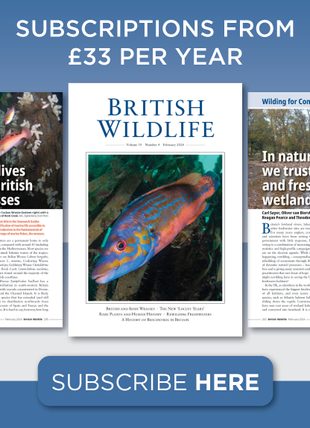![Neotectonics and Quaternary Fault-reactivation in Europe's Intraplate Lithosphere Neotectonics and Quaternary Fault-reactivation in Europe's Intraplate Lithosphere]()
Click to have a closer look
About this book
Contents
Related titles
About this book
Reprinted from Quaternary Science Reviews, Volume 24, Issues 3-4.
The EU funded interdisciplinary Environmental Tectonics research program ENTEC has led to new insights into the strength distribution of Europe's intraplate lithosphere, and its relationship with the localization of intraplate deformation and associated vertical motions. Pronounced lateral variations in Europe's intraplate strength occur, as a result of recent thermal perturbation in the underlying mantle and inherited inhomogeneity in lithospheric structures, as a result of Europe's polyphase pre-Quaternary evolution.
Results are presented from quantitative subsidence analysis studies, and constraints by geothermochronology, pointing to pronounced acceleration in differential vertical motions and associated topography development in intraplate Europe. These results demonstrate the vulnerability of Europe's lithosphere to neotectonic activity documented by detailed studies in the three natural laboratories of the ENTEC program: (1) the Lower Rhine Graben (LRG), (2) the Upper Rhine Graben (URG), and (3) the Vienna Basin (VB).
Contents
1. Surveys on environmental tectonics (S.A.P.L. Cloetingh, T. Cornu). 2. Lithospheric memory, state of stress and rheology: neotectonic controls on Europe's intraplate continental topography (S. Cloetingh et al.). 3. Active tectonics and Quaternary basin formation along the Vienna Basin Transform fault (K. Decker, H. Peresson, R. Hinsch). 4. 3-D mapping of segmented active faults in the southern Vienna Basin (R. Hinsch, K. Decker, M. Wagreich). 5. Detection of active crustal structures in the Upper Rhine Graben using local earthquake tomography, gravimetry and reflection seismics (G.G.O. Lopes Cardozo, J.B. Edel, M. Granet). 6. Retrodeformation of the southern Upper Rhine Graben: new insights on continental oblique rifting (G. Bertrand et al.). 7. Numerical backward and forward modelling of the southern Upper Rhine Graben (France-Germany border): new insights on tectonic evolution of intracontinental rifts (T.G.M. Cornu, G. Bertrand). 8. Fault reactivation in brittle-viscous wrench systems-dynamically scaled analogue models and application to the Rhine-Bresse transfer zone (K. Ustaszewski et al.). 9. New hypotheses on the maximum damage area of the 1356 Basel earthquake (Switzerland) (J. Lambert et al.). 10. First appraisal to define prospective seismogenic sources from historical earthquake damages in southern Upper Rhine Graben (U. Fracassi, B. Niviere, T. Winter). 11. Towards the determination of displacements in the Upper Rhine Graben area using GPS measurements and precise antenna modelling (S. Rozsa et al.). 12. Neotectonics of The Netherlands: a review (R.T. van Balen, R.F. Houtgast, S.A.P.L. Cloetingh). 13. Characterization and quantification of active faulting in the Roer valley rift system based on high precision digital elevation models (L. Michon, R.T. Van Balen). 14. Pre-Neogene controls on present-day fault activity in the West Netherlands Basin and Roer Valley Rift System (southern Netherlands): role of variations in fault orientation in a uniform low-stress regime (G. Worum et al.). 15. Late Quaternary evolution of the Feldbiss Fault (Roer Valley Rift System, the Netherlands) based on trenching, and its potential relation to glacial unloading (R.F. Houtgast, R.T. Van Balen and C. Kasse).
Customer Reviews


































